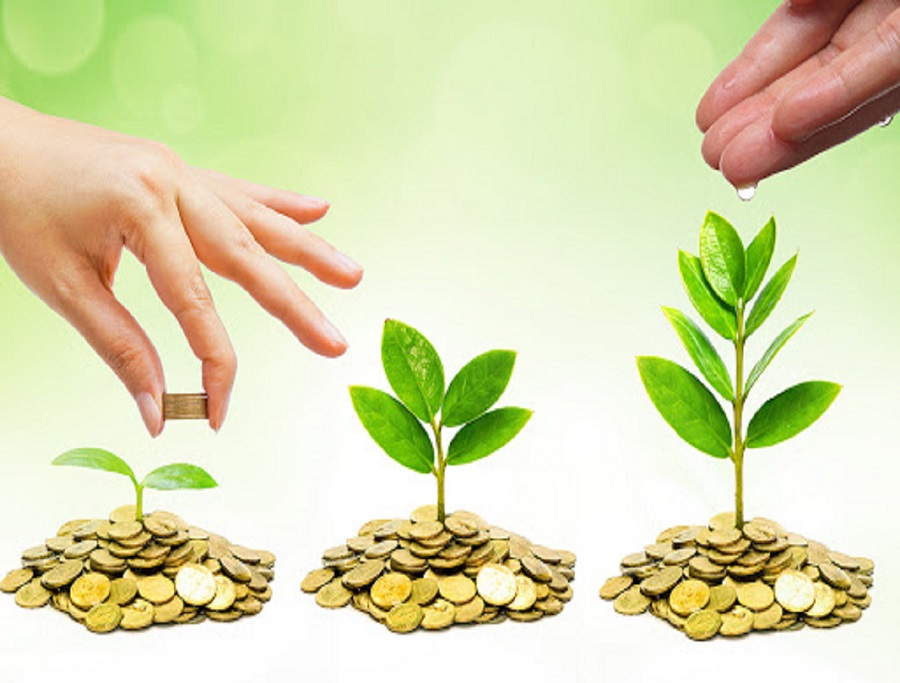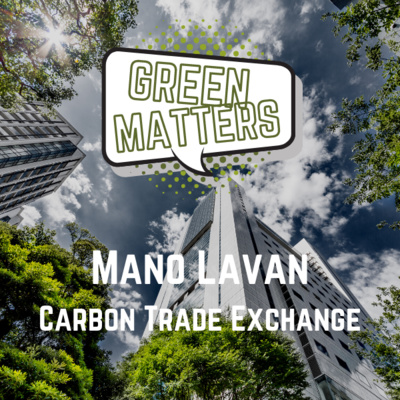The Voluntary markets are awash with opinions. It seems that after many years of riding the renewable wave, now many people think they should be discarded (or commoditised?) in favour of Nature based removal programs. But it feels like that is ‘credit focused’ – not ‘climate change focused’. When it comes to staying below 2 degrees (if we really can?) we need every project funded aggressively across all the sectors that have sustained and grown the Voluntary Carbon Markets for over a decade. ‘Avoidance’ credits from renewables are cheaper BECAUSE they have the benefit of generating revenue from energy sales, but without Carbon Credits or RECs, they cannot compete with fossil fuels due to their massive subsidies. While we love and revere the land-based projects with proven effects (we want to hug every tree), we also recognised that corporate buyers still have budgets. While there offsetting is still voluntary, they need a blended ‘portfolio’ to make it work, and we think the developing economies do also. So, at CTX, we remain ‘agnostic’ and will support every project issuing legitimate credits, from proven methodologies that have, and are, impacting Climate Change.
Buyer demand is soaking up market inventory. There has never been a better time to issue and sell Carbon credits. At present, this is certainly the best sellers’ market we have seen in the past decade. Minimum prices have increased, average prices are up by 50-100%, and even average trade volumes on CTX are dramatically increased – CDM CERs average volumes are up 120% since January!
So – how long is long? Some brokers and even projects are holding credits hoping for an even bigger windfall, and who are we to say for sure how long the ‘bull market’ might last? But the reality is that this year in Q1 alone we have signed in over 60 Buyside Corporates who are buying and retiring at scale.
Latest Listings? Be quick or they’re gone! (or ‘Snooze you Lose’)
A few regularly buying members have asked us to send out new listing’s updates, but with the market moving so fast, they could be gone by the time you get the notice and fund your account. The best way to see the latest listings is to logon the CTX, choose a traded currency and select “Newly Listed” – like I just did to see a wonderful 100,000 tonnes of Papua New Guinea REDD+ Verra VCS selling for USD $5.60… yum!
Here today and gone …… tomorrow ??? perhaps not; but that’s hot !
P.S. Don’t forget we do have a limited supply of high quality CORSIA Credits listed on CTX – no need to wonder what you’re buying. And if what you want is not listed, just ask our Treasure Hunter or your customer service rep to check the Cold Wallet.
Taskforce Update – it seems GEM and CTX are ‘ahead of the curve’.
Most people in the industry have spent a large amount of time in the past few months trying to navigate and ‘engage’ in this Taskforce, and opinions vary about the ‘Agenda,’ especially after the recent announcement of a $Multi-Billion Raise by Mr Carney’s employers – a North American Asset Manager – to focus on this sector. With a ‘glass half full’ attitude, GEM and CTX have done our best to engage, but in the meantime, we are left scratching our heads as to why NEW things need to be created when they already exist? The attached sheet shows how CTX, and GEM’s new National Carbon Meta-Registry (ITMO Registry®) already do or will do what the taskforce calls for.
Project of the Month 1: Pichacay Landfill Gas Renewable Energy Project
The Pichacay Landfill Gas Renewable Energy project in Cuenca, Ecuador, is a large landfill site that recovers the methane released from disposed municipal waste. This gas is extracted and converted into electricity that is directly delivered back to the national grid. The emissions of landfill gas to the atmosphere are avoided, leading to large greenhouse gas (GHG) emission reductions. As well as this, the electricity that is generated is renewable, which replaces the dependency on fossil fuels, which directly reduces GHG emissions. There is also a large reduction in health risk for locals as the project largely reduces the release of odorous and harmful compounds. In addition to the extensive environmental benefit, the project also aids the socio-economic sector of Ecuador:
Employment opportunities in operations of the project
Environmental Service Fund that gives 5% of the project revenue to public cleaning fee and garbage collection
Environmental Service Fund can also be used by locals to develop social projects, economic reactivation, health and sanitation, infrastructure, and environmental management.
The project anticipates an average annual reduction of 33,237 tCO2e of GHG emissions.





